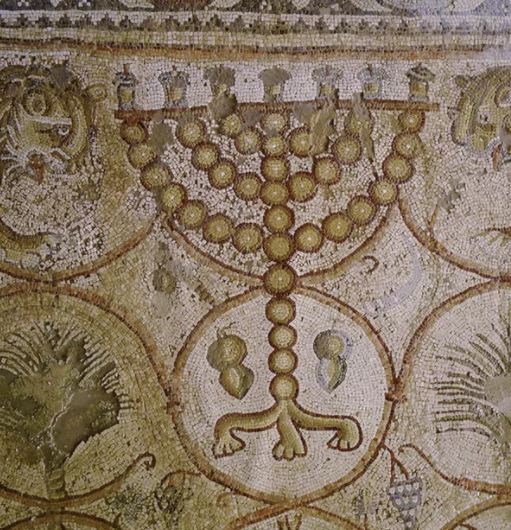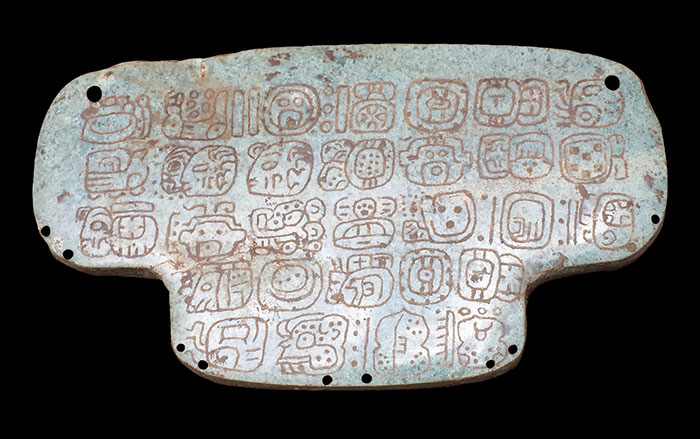
TEL AVIV, ISRAEL—Archaeobotanist Dafna Langgut of Tel Aviv University has traced the spread of citrus fruit from Southeast Asia to the Mediterranean, according to a report in Live Science. She used ancient texts, murals, coins, and other artifacts to study the ancient citrus trade, and she tracked the spread of citrus fruits from Southeast Asia into the Mediterranean through fossil pollen, charcoals, seeds, and other fruit remains. Langgut found that by the third and second centuries B.C., the citron had spread to the western Mediterranean from the Levant, where a 2,500-year-old fruit was found in a Persian-style garden in Jerusalem. The oldest lemon found in Rome dates to sometime between the late first century B.C. and the early first century A.D. She explained that, at first, lemons and citrons were reserved for the Roman elite, who prized them for their healing qualities, pleasant odor, taste, and symbolic use. She thinks sour oranges, limes, and pomelos may have been grown as cash crops more than a millennium later, which made them available to more people. “The Muslims played a crucial role in the dispersal of cultivated citrus in Northern Africa and Southern Europe, as evident also from the common names of many of the citrus types which were derived from Arabic,” Langgut said. For more on the archaeology of food, go to “The Rabbit Farms of Teotihuacán.”










